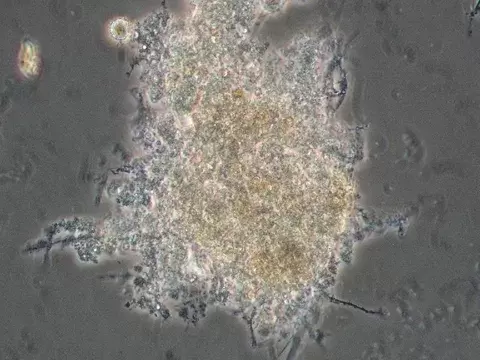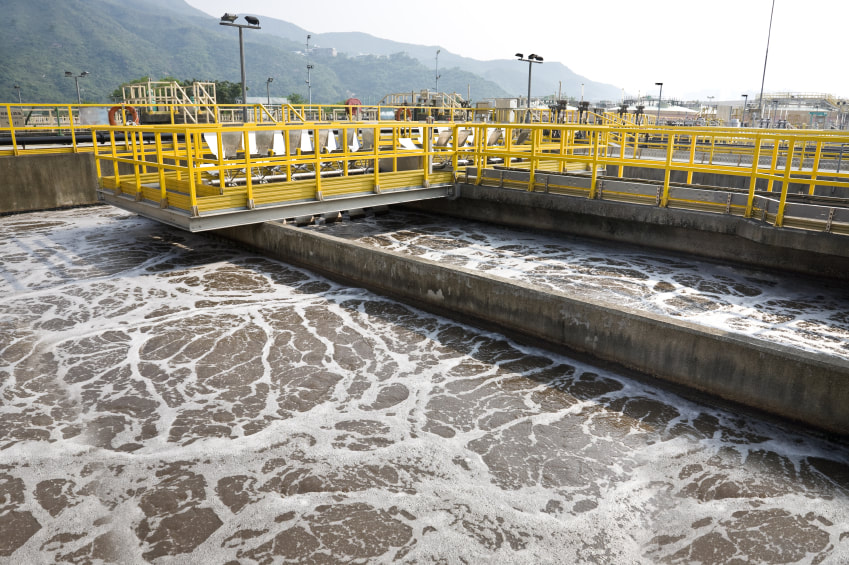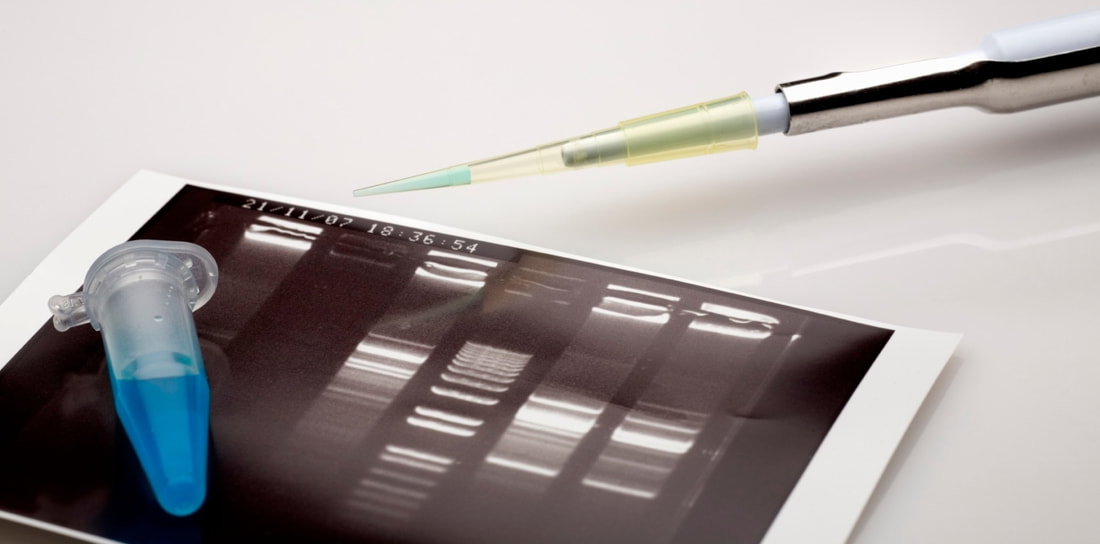- floc appearance - size, density, filaments
- Protozoa present & relative numbers
- Any higher life forms
Now there are times where you need more complex evaluation such as filament ID, EPS evaluation, and troubleshooting. Here is where I suggest sending samples out for evaluation while you also learn about the test and how the observations are interpreted. I have worked with Steve Leach of Leach Microbial Consulting for over 20 years and he combines microscopic exam experience with field operation of both municipal and industrial wastewater systems. He has finally set up a website with resources for performing micorscopic exam - this includes good documents and photos for doing everything from a cursory exam to filament ID.
His microscopic exam reports focus on your system's issues and helps you improve your operations. I find this much more useful than the standard outside microexam report.
Go check out his website and if you have a need for outside microscopic exam contact Steve.
www.leachmicrobial.com/




 RSS Feed
RSS Feed